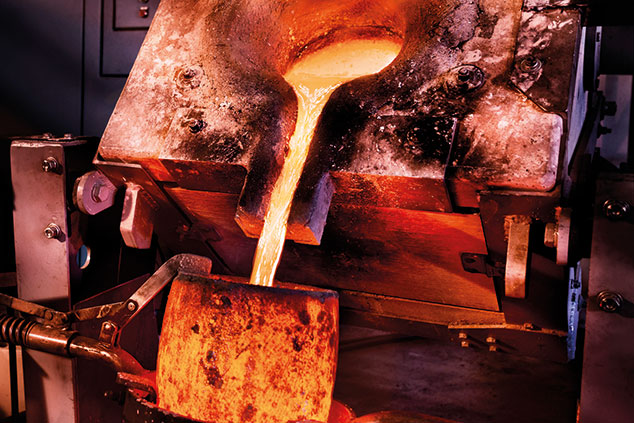
The red metal is said to have the ability to predict turning points in the global economy, which is why traders refer to it as “Dr Copper” – the joke being that it has a PhD in economics. Because of its widespread applications in homes and factories, electronics and power generation, demand for copper is often viewed as a reliable barometer of economic health. When the global economy is growing, it needs copper, and prices are strong. If copper prices are declining, it suggests that a slowdown might be imminent.
Recently, workers at Chile’s biggest copper mine voted to go on strike, which makes the current price drop look even more concerning, says John Dizard in the Financial Times. The metal is giving investors “a clear signal” to sell or at least reduce their risk assets. Back in 2008, the copper price peaked in May, and then “fell like a lump of ore down a mine shaft”, Dizard notes, just ahead of the financial crisis. Now, copper prices are sliding because of worries about the damage to growth from the US-China trade disputes.
If the Chinese equity market were not down 20% too, then maybe you could discount the copper price, David Rosenberg of Gluskin Sheff told the FT. But “there is not a snowball’s chance in hell” that the Chinese weakness “will not flow through to the US stockmarket”. China is the world’s largest consumer of industrial metals, and Chinese consumption accounts for roughly half of all global copper demand. This has added to the metal’s recent volatility, as the country is grappling with how to tackle its debt mountain without crashing its economy.